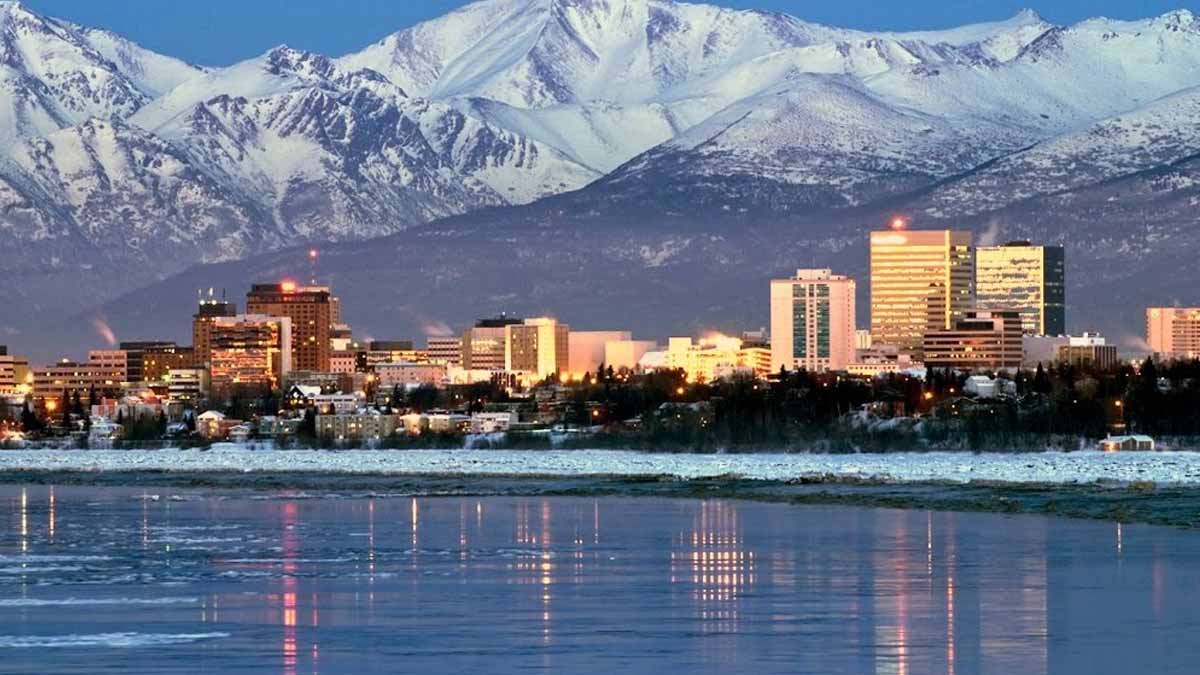Rivers that freeze on the surface keep a secret current beneath, and that force could rewrite how we power remote places. Under ice, water flows without pause, driving turbines that work day and night. Here, the promise is local, steady, and clean—no mines, no imports, no smokestacks. From Alaska’s great waterways emerges a solution built for harsh winters and long nights, with numbers big enough to shift national ambitions. It starts under a frozen river, not on a windswept ridge or a sun-scorched plain.
How under-ice river power actually works
Hydrokinetic energy captures the motion of flowing water without dams. Engineers place compact turbines directly in the current, beneath winter ice where rivers still move. The blades spin slowly yet steadily, turning kinetic force into electricity. Because the river keeps moving, generation continues through storms, dark seasons, and calm skies.
The leading design, Reactive Reversible Blade Turbines, is tuned for slow currents and ice-covered channels. These RRBTs reverse smoothly as flow shifts, avoiding jams and costly downtime. Under heavy ice, they still turn safely, a crucial advantage in Alaska where long freezes limit solar output and strain diesel supplies.
Unlike dams, hydrokinetic setups avoid flooding valleys or blocking fish. Installation uses anchors, cables, and modular frames, not concrete megaprojects. Units can be added or removed with seasonal needs, scaled for villages or microgrids. That flexibility lowers risk, trims costs, and respects rivers that communities depend on.
Why Alaska is the right proving ground
River trials are underway, moving from lab models to cold-water reality. A $1.5 million Department of Energy grant funds RRBT testing on the Tanana River. Teams prioritize rugged parts, fast setup, and local maintenance so villages keep systems running without costly visits. Instruments confirm winter flow beneath ice, guiding safe placement and seasonal adjustments.
Not a dam, not a pipe dream—the design avoids the usual controversies. There is no vast reservoir, no valley to flood, no salmon run to block. Compact frames slide under ice, anchor to the bed, and feed microgrids within days rather than years. Where breakup threatens gear, removal and redeployment fit the operating plan.
Reliability drives the case. As sun angles drop and winds stall, subsurface currents still push blades. Remote homes that depend on flown-in diesel can blend sources, cut fuel risk, and reduce outages while building toward cleaner, steadier baseload over time. Clinics, schools, and pumps gain predictable power through the longest, coldest weeks.
What 1,100 TWh means in real life
Scale matters, and the estimate is striking: rivers could yield over 1,100 terawatt-hours each year. That equals power for about 100 million homes and roughly thirty percent of U.S. electricity use. It surpasses the yearly output of all installed solar panels. Constant motion, not intermittent weather, simplifies planning for essential services.
Even partial capture transforms remote living. Villages can add turbines as needs grow, firm microgrids with batteries, and retire diesel as confidence rises. Training local crews to install, service, and monitor units keeps money nearby and builds technical careers. Local ownership models can share revenue, fund apprenticeships, and keep decision-making close to those who rely on the grid.
The human benefits reach beyond bills. Reliable power stabilizes clinics, water treatment, and communications when storms close roads or airstrips. In Alaska, where winter compresses daylight, under-ice flow becomes baseload while fisheries and river travel continue with careful siting. That balance—clean power with intact livelihoods—builds legitimacy and lasting support.
Teams turning Alaska’s rivers into reliable power
A public-minded coalition leads the push. University of Alaska Fairbanks and the Alaska Center for Energy and Power coordinate research and field work. Creek Tides Energy and Power contributes design support, while the Southwest Research Institute advances testing and instrumentation for cold, debris-laden channels. Partnerships keep the focus on affordability, safety, and community priorities.
The Pacific Marine Energy Center, supported by the U.S. Department of Energy, links lab expertise with real-world needs. Together, teams iterate blades, hubs, and controls to match river speeds and ice conditions. Bench tests validate efficiency; river trials reveal what endures winter. Data from the Tanana guides refinements so hardware survives scouring, frazil ice, and shifting sandbars.
Comparable projects offer proof points. Scotland’s MeyGen tidal array powers thousands of homes; turbines spin in New York’s East River; Canada’s northern territories trial river devices for remote villages. Those lessons—on siting, marine life, and maintenance—inform choices before wider deployment in the interior.
Lessons from other waters and the road ahead
Pathways to scale favor patient, local control. Early projects can target clinic clusters and water systems, with batteries to smooth output and telemetry to track performance. Clear contracts, fair tariffs, and transparent maintenance plans help communities pace expansion and protect budgets as fleets grow. Local ownership keeps revenue nearby and aligns priorities with real household needs.
Safeguards should be practical and routine. Fish passage studies, debris screens, and seasonal inspections keep ecosystems and equipment safe. Where ice travel is vital, marked zones and retrieval windows preserve traditional routes while enabling clean generation. Publishing data openly invites scrutiny, trust, and faster learning across rivers.
Financing will shape outcomes as much as engineering. Grants and low-cost capital can unlock first deployments in Alaska, while power-purchase models reduce upfront risk. Standardized parts and training cut downtime as reliability records accumulate, lowering costs and moving pilots toward durable baseload.
What steady rivers signal about the next energy chapter ahead
The path to energy security may run beneath winter ice. Hydrokinetic turbines turn quiet motion into dependable kilowatts, matching local needs without massive concrete or fragile supply lines. Led by public researchers and shaped by communities, Alaska can prove how rivers support resilient microgrids. With smart safeguards and fair finance, under-ice flow can replace scarcity with stability and spark lasting prosperity. The opportunity is practical, incremental, and ready to be tested where seasons are longest and reliability matters most.
